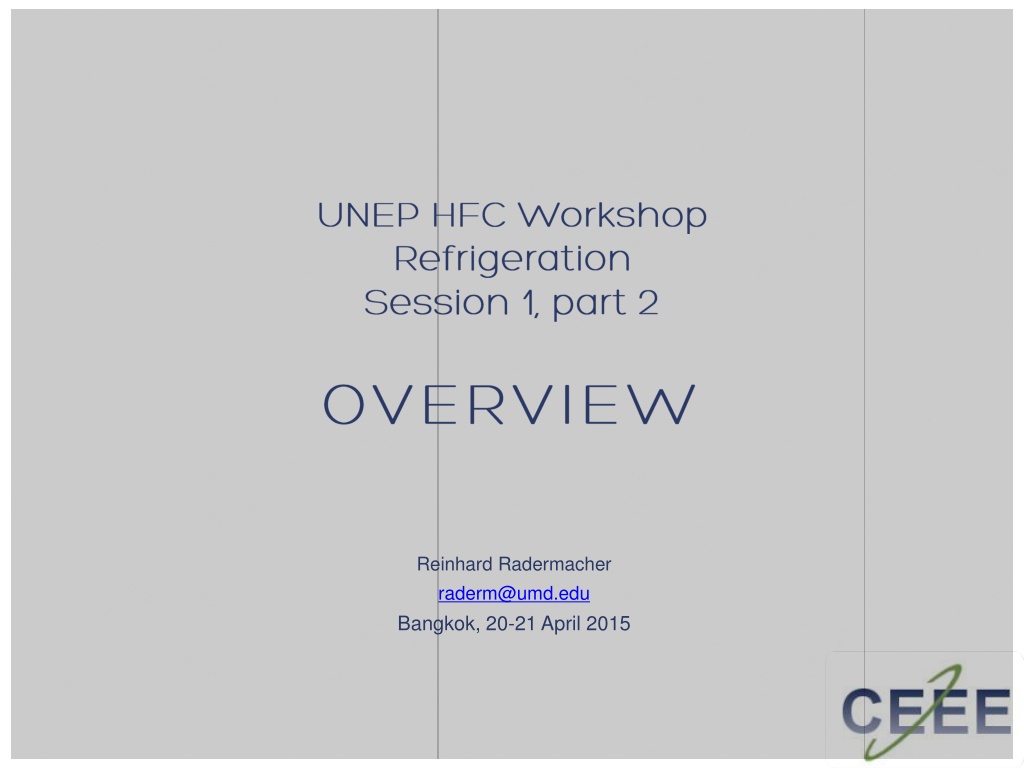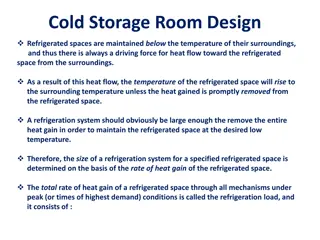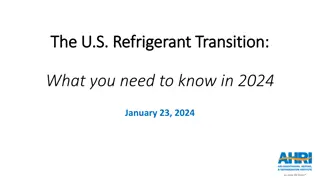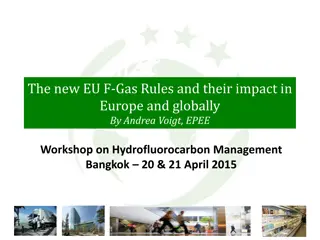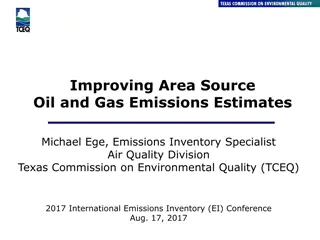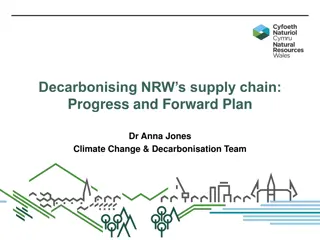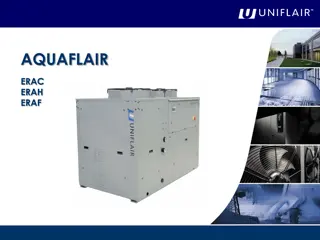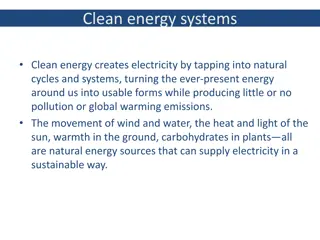Comparison of Refrigerant Properties and Emissions in Refrigeration Systems
This content covers information on refrigerant properties for refrigeration equipment, including displacement volume, flammability, and performance metrics like COP and GWP. It also discusses total emissions comparisons based on material manufacturing, energy consumption, and refrigerant loss. Additionally, it provides insights into the fire protection engineering aspects related to refrigerants at the University of Maryland Research.
- Refrigerant properties
- Emissions comparison
- Flammability
- Refrigeration systems
- Fire protection engineering
Uploaded on Sep 10, 2024 | 0 Views
Download Presentation

Please find below an Image/Link to download the presentation.
The content on the website is provided AS IS for your information and personal use only. It may not be sold, licensed, or shared on other websites without obtaining consent from the author. Download presentation by click this link. If you encounter any issues during the download, it is possible that the publisher has removed the file from their server.
E N D
Presentation Transcript
Reinhard Radermacher raderm@umd.edu Bangkok, 20-21 April 2015
Refrigerant Properties for Refrigeration Comp. displacement volume Flammability 3 1 2L 8 cc 118cc COP = 2.4, GWP = 1 Tevap = -20 C, Tcond = 45 C 10K superheat, 5K subcooling Refrigerant properties based on NIST REFPROP 9.1 Mixing parameters have been estimated for some blends * Includes Suction Line HX R404A COP = 2.57, GWP = 3922 CO2* * CO2 cycle is modeled with suction line HX
Total Emissions Comparison Baseline Total Emissions Comparison Material Manufacturing Energy Consumption Refrigerant Loss 100000 Total Emissions (kg CO2e) 80000 60000 40000 20000 0 GWP 10 GWP 100 GWP 1000 GWP 3000 GWP 10,000 From: IIR LCCP Working Party, published IIR Website 3
2L Refrigerant Flammability Fire Protection Engineering at University of Maryland Research (published 2014 Purdue Refrigeration) The hot plate ignition temperatures of R-32 and R-410A were 764 and 790 C. For POE and mineral oil these were 645 and 764 C, while their closed cup ignition temperatures were 445 and 338 C. Ignition temperatures of refrigerant/oil mixtures were essentially the same as for the oil.
